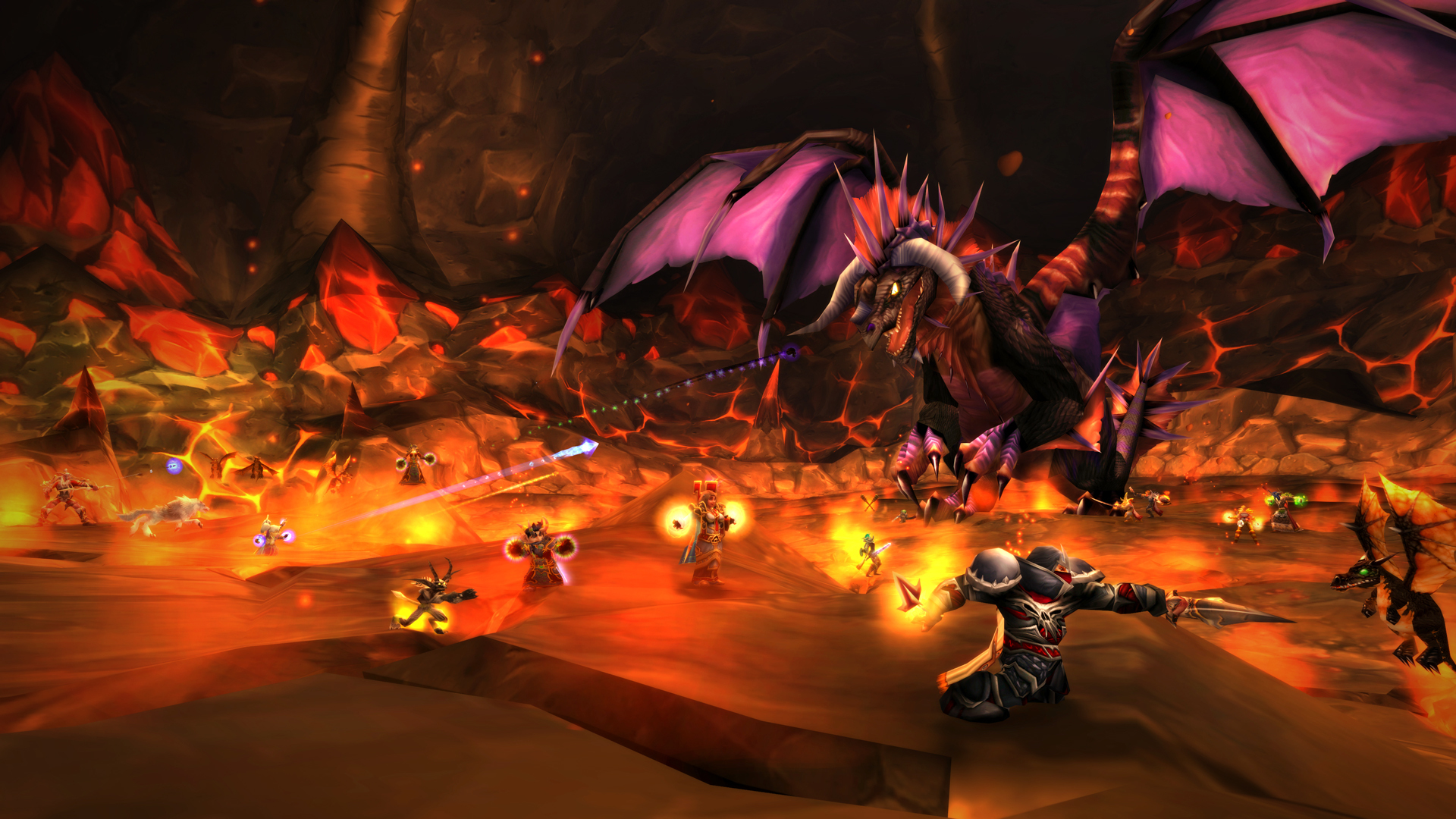The Influence of Multi-User Dungeon Games on Online Communities
These days multiplayer games are very common and pretty much every one who has ever played a game has played against another player, either on the internet or locally. But how did multiplayer games become so popular and how do they influence online communities now?
Multi-User Dungeons also known as MUDs first emerged in the 1970s. The first widely played game of the genre was Colossal Cave Adventure, which was released in 1975. The game used a computer controlled dungeon master and was based off of the famous role-playing adventure board game Dungeons & Dragons also known as D&D.
Colossal Cave Adventure Interface
The PLATO (Programmed Logic for Automatic Teaching Operations) computer system at the University of Illinois was the first instruction system that was assisted by computers. Many modern concepts of multi-user computing were originally developed on PLATO. This included email, message boards, forums, instant messaging and even multi-user dungeons.
Simulation of fractional distillation on PLATO
In 1978 a student in the University of Essex in the UK started working on a role-playing adventure game that would later be called MUD (Multi-Used Dungeon). In 1980 it became the first internet multiplayer game when the university's local network was connected to ARPANET.
MUD Interface
The gameplay of MUDs was text-based. That meant that the game will describe to the player the environment they are in and then wait for an input from the player. The player can use commands like "attack skeleton" or "take sword" to interact with the world. To move around the world the player would have to type in the direction they wished to move in. Telnet and MUD clients also could use hotkeys to make the player's lives easier. This would allow the player to use arrow keys or other keys to perform certain actions in the world.
If we compare these MUDs to the MMORPGs (Massively Multiplayer Online Role-Playing Games) today we can see that the graphical design and overall story telling has changed how players interact with the game. The most famous MMORPG of all time, World of Warcraft has a system that makes the player do quests where you have to kill the same enemy multiple times and grind experience points to level up. This does not require any imagination from the player's side and it can be compared to reading a book and watching a movie. The book requires the reader to fully immerse themselves in the story and characters and requires active imagination, while the movie gives the watcher a more passive role as they only have to pay attention to what is physically being conveyed.
World of Warcraft Gameplay
These problems with current MMO Games have created communities that still play and love old Multi-User Dungeons. They have their own websites like MUDStats, that lists all the current MUDs that are still online and information on the user count of different servers. I wonder if in a couple of decades will we look at MMORPGs the same way as we look at MUDs today?
References:
- https://en.wikipedia.org/wiki/MUD
- https://en.wikipedia.org/wiki/History_of_massively_multiplayer_online_games
- http://www.gamestudies.org/0102/mortensen/
- https://massivelyop.com/2019/10/26/the-game-archaeologist-a-brief-history-of-multi-user-dungeons/
- https://en.wikipedia.org/wiki/PLATO_(computer_system)




Kommentaarid
Postita kommentaar